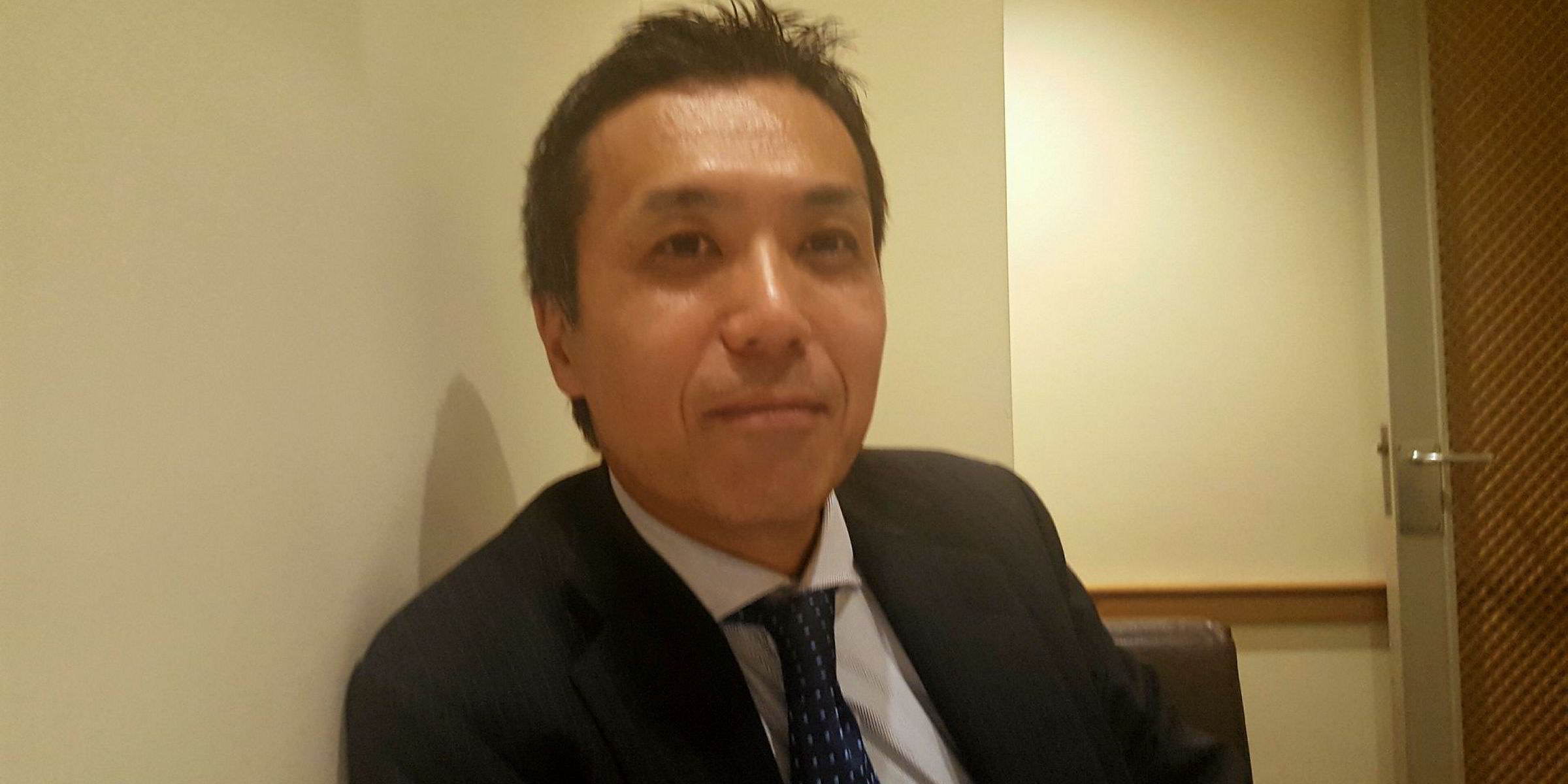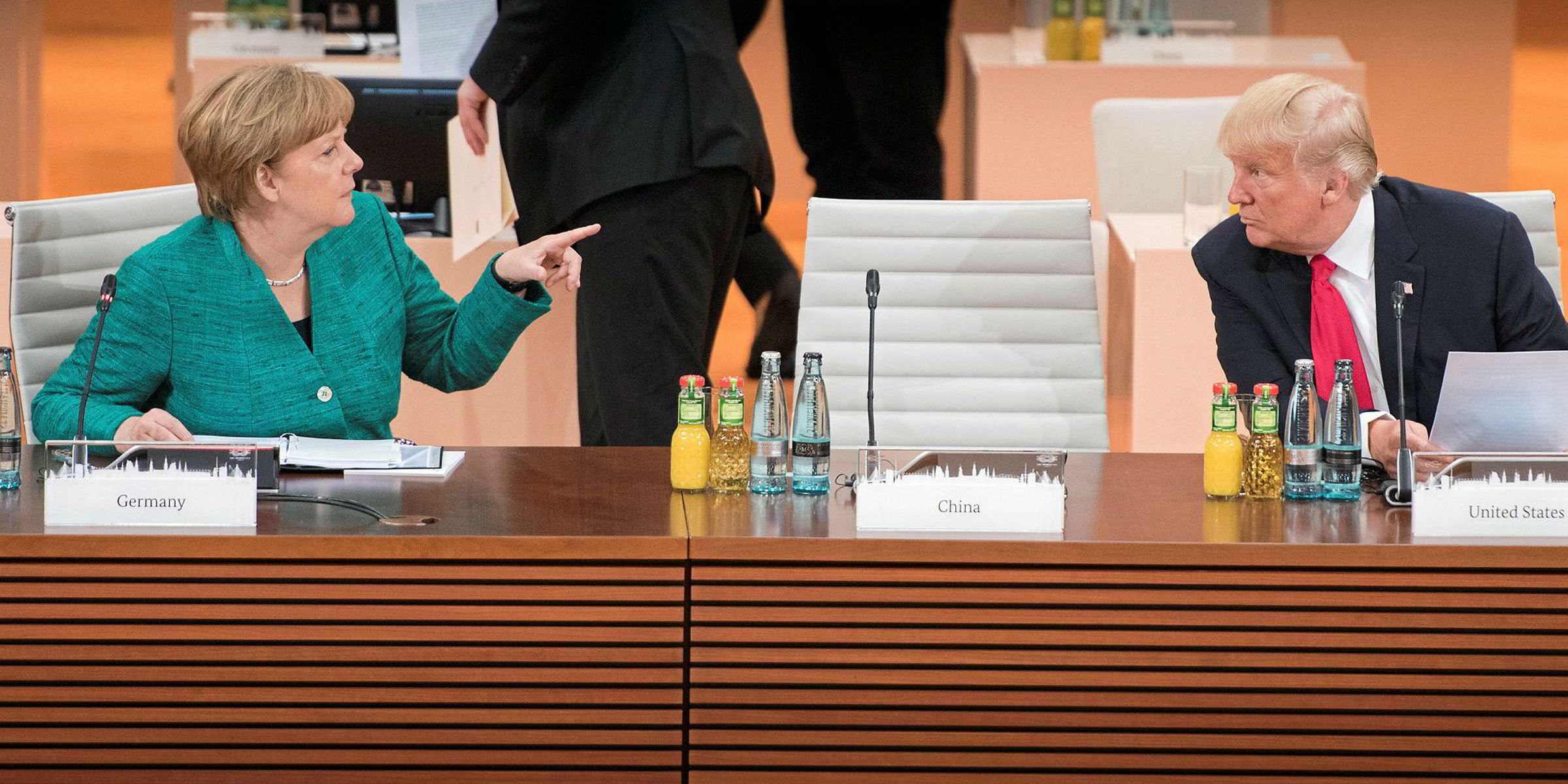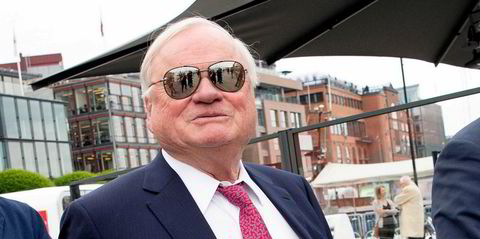The International Maritime Organization (IMO)’s efforts to outline a radical carbon reduction programme for shipping in the next year could be influenced by Donald Trump’s decision to pull out of the Paris Agreement.
IMO delegates tell TradeWinds there were clear signs of a significantly reduced US presence this month at the key Intersessional Working Group on the Reduction of Greenhouse Gases (GHGs) from Ships, which is attempting to draw up the emission measures.
The US has previously been regarded as an active, influential supporter of the IMO’s promise to ensure shipping will make a fair contribution to the carbon-cutting goals laid out in Paris in 2015.
There are also suggestions coming out of the IMO that some of the more positive and progressive wording of the working group’s report to last week’s Marine Environment Protection Committee (MEPC) had to be tempered at the request of the US.
The US' seemingly more neutral stance towards emissions cuts is being interpreted as reflecting the Trump administration’s intention to pull out of the Paris accord.
The big question is how much the more measured approach in Washington could affect the IMO’s emission reduction ambitions.
■ Hideaki Saito was elected chairman of the IMO’s Marine Environment Protection Committee (MEPC) last week. His job will be to guide the divergent political positions to a compromise by next year.
■ The 50-year-old Japanese is well thought of at the IMO as an active participant on the MEPC.
The career bureaucrat is a rising figure at the Japanese Ministry of Land, Infrastructure, Transport & Tourism, where he represents the shipbuilding industry.
Last week’s MEPC produced a seven-step plan as the basis for an interim carbon reduction programme in the next year, including drawing up future emissions scenarios, coming up with a vision and ambitions, and developing short and medium-term measures to reduce shipping’s GHGs. But the plan has been criticised as lacking clear targets or concrete measures.
The political positions seem to be evolving. China and India — formerly staunch opponents of any specific carbon dioxide (CO2) emissions cuts for shipping — are now apparently fully supportive of the IMO programme.
Other strong supporters are Pacific Island countries that have been affected by rising seas caused by global warming.
Some of these are significant flag states — notably the Marshall Islands, which is calling for shipping’s total decarbonisation by 2050.

Mike Halferty, the Marshall Islands minister for transport and communication, describes the IMO’s seven-step plan as “modest” and calls for “much more rapid progress”.
On the opposite side, the plan still faces opposition from influential countries such as Saudi Arabia, Brazil and Chile.
Conflicting interests will have to be resolved at the next intersessional working group before the IMO can come up with its emissions programme. Ultimately, the MEPC will make the political decisions, drawing up the programme.
Non-governmental organisations such as the Clean Shipping Coalition (CSC) have been highlighting what they see as shortcomings in the initiative and calling for much tougher measures. After last week’s MEPC meeting, CSC president John Maggs said the IMO needed to “step up a gear”.
The shipping industry is keen to be seen to support the IMO’s initiative and is demanding strong measures to see off the prospect of regional action by governments, notably the European Union.
The International Chamber of Shipping and other associations recently outlined an aspiration for the industry to reduce CO2 emissions per tonne of cargo transported one kilometre by at least 50% by 2050, compared to 2008.




